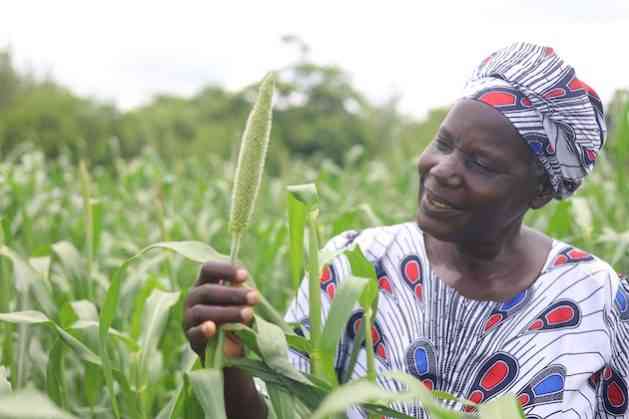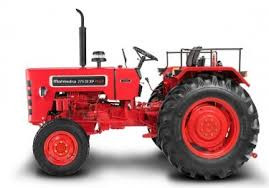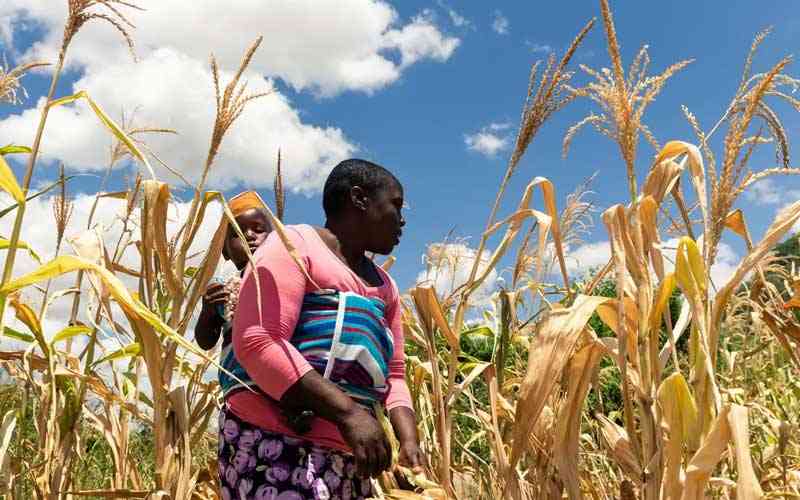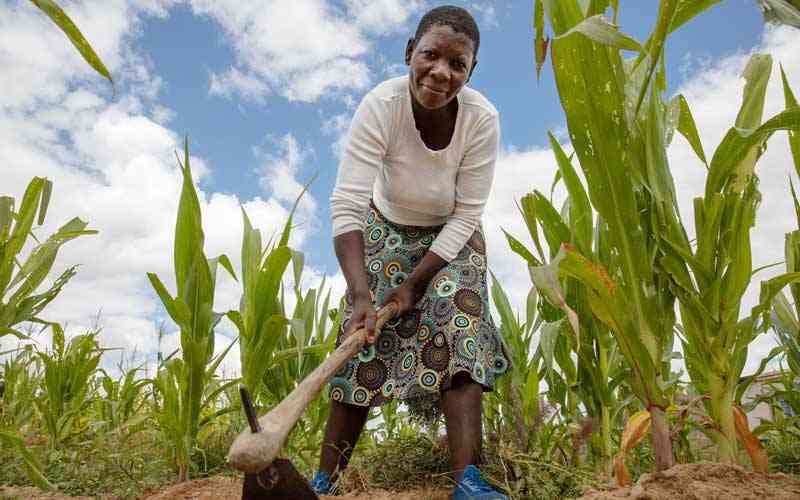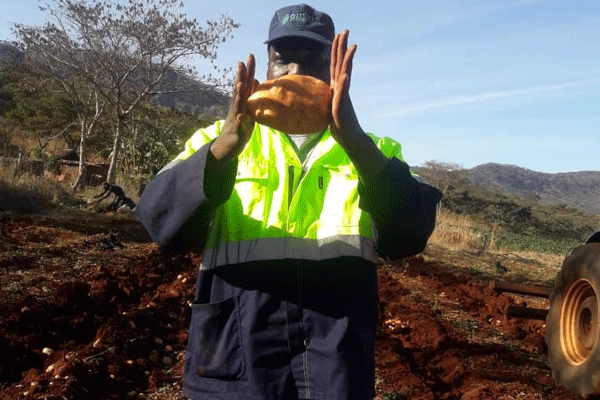
Potato farmer Baldwin Mazango (BM) says production of the crop has fallen sharply over the years due to the high cost of imported seed. Mazango, who was recently enlisted by the Tobacco Research Board to develop a new seed variety, told our reporter Fidelity Mhlanga (FM) that more land can be put under the crop with the potato production and even exceed previous production levels.
Below are excerpts from the interview.
FM: When did you start growing potatoes and why did you venture into this business?
BM: I started growing commercial table potatoes in 2011 and seed production in 2016. The lucrative returns of the enterprise, the challenging nature of growing the crop as well as the metamorphosis from one tuber to harvesting tonnes is an unforgettable experience each time I embark on the enterprise.
FM: How much hectarage do you have and what is your yield per hectare?
BM: This year I have 10ha for seed production. My production target is to multiply the seed by factor of six translating into 60ha worth of seed.
FM: What are the advantages of the new potato seed variety compared to other crop types?
BM: Firstly, the Tobacco Research Board (TRB) developed a potato variety that is virus-free. So TRB initiated this new process called meristem virus-free micro-propagated potato seed and they contracted me first to grow the new variety on actual field conditions from the lab. So I produced the first ever actual harvest. So now the programme has grown and other growers are now multiplying that first seed I produced. Viruses are the major threat to a viable potato enterprise. In addition, 80% of potato seed is imported, so this programme will help to save the much-needed forex in the economy. Lastly, this potato seed will feed into the processing industry to make crisps and other byproducts thereby creating employment.
- Chamisa under fire over US$120K donation
- Mavhunga puts DeMbare into Chibuku quarterfinals
- Pension funds bet on Cabora Bassa oilfields
- Councils defy govt fire tender directive
Keep Reading
FM: How many potato varieties are currently grown in Zimbabwe?
BM: Mainly there are five varieties, which are Mondial, Valor, Mnandi, BP1 and recently Diamond.
FM: What’s the importance of creating more potato seed varieties?
BM: The objective is to have varieties that are more adaptable, high-yielding, resistant to diseases so that a farmer can realise a profitable return on a potato venture.
FM: What is the potato demand in Zimbabwe versus output?
BM: Demand for potatoes is determined by the disposable income people have as it is treated as a luxury here in Zimbabwe. This is also due to the fact of high cost of production. So this initiative by TRB will in the long term lead to affordable prices of the product if it has a bigger buy-in from other stakeholders.
FM: What time of the year are potatoes grown?
BM: In the Highveld like Mazowe and other frost-prone areas, they are mainly grown from January to May, then late July to December. In the Lowveld where it’s not excessively hot and not prone to frost they are grown all year round.
FM: What’s the current demand for potato seed in Zimbabwe and does the country have a market for it abroad?
BM: Currently land under potato production is 12 500ha down from 15 000ha we had in 2017-18 season. Total potato output stands at 300 000 tonnes down from a high of 500 000 tonnes. One of the major reasons behind this fall in production is the high cost of imported seed. So by creating a local variety which has a competitive price, more land can be put under potato production and even exceed previous production levels.
FM: What challenges do potato farmers experience in Zimbabwe?
BM: High cost of inputs mainly on seed and fertilisers as well as the proliferation of cheap imported potatoes which are smuggled into the country.

